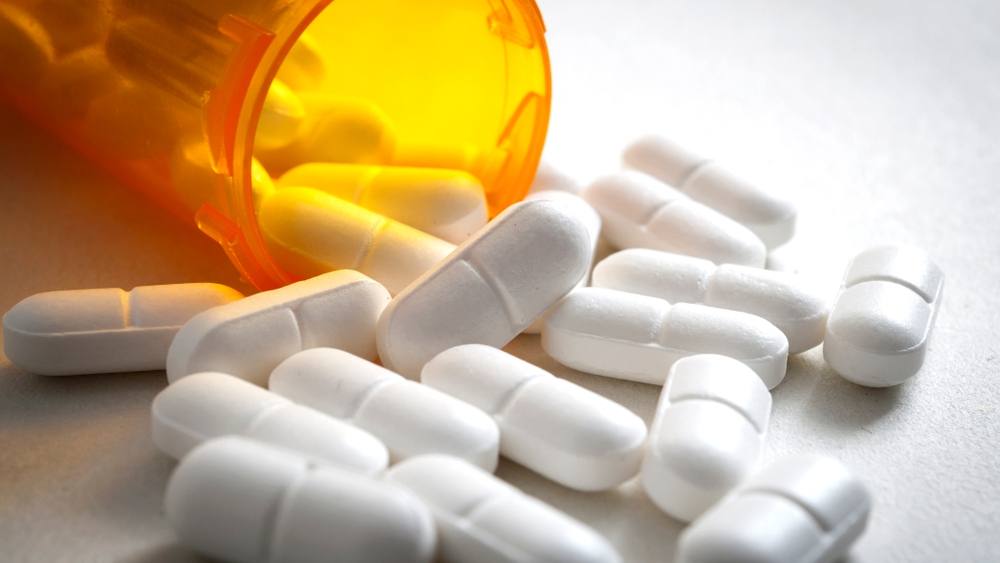
World health leaders say the future of antibiotics depends on everyone. And Antibiotic Awareness Week, beginning Nov.18, is an effort to increase global awareness of antibiotic resistance.
More than 2.8 million antibiotic-resistant infections occur in the U.S. each year, and more than 35,000 people die as a result, according to the Centers for Disease Control and Prevention.
Mayo Clinic experts offer insight into the crisis, and ways for clinicians and those at home to help fight against antibiotic resistance.
"Overuse of antibiotics is the single biggest driver of the development of antibiotic resistance, and in our practice, as well as in places around the world, we're seeing more and more resistant infections."
- Dr. Nipunie Rajapakse
"Antibacterial resistance is a crisis that we're dealing with in the world today. We need to use the antibiotics that we have today better and we need to figure out new ways of treating drug resistant infections," says Dr. Robin Patel, chair of Clinical Microbiology at Mayo Clinic. "People at home should only take antibiotics prescribed by a medical professional, and should take them as directed."
Watch: Mayo Clinic experts talk about antibiotic resistance.
Journalists: Broadcast-quality sound bites are in the downloads at the end of the post. Please "Courtesy: Mayo Clinic News Network."
"All prescribers have to be more cognizant of antibiotic prescribing. Indiscriminate prescribing leads to increasing antibiotic pressure. Antibiotics have contributed to the phenomenal progress we have made in health care such that we can provide very complex care involving transplantation, chemotherapy and complex surgeries that we could not have done successfully without antibiotics. All of these things are at risk if drug resistance increases and does not improve," says Dr. Abinash Virk, an infectious diseases physician and chair of Mayo Clinic's Antimicrobial Stewardship Committee.
"Overuse of antibiotics is the single biggest driver of the development of antibiotic resistance, and in our practice, as well as in places around the world, we're seeing more and more resistant infections. We're seeing more of those in kids, as well, which is quite concerning. Some of the types of infections that we are seeing a lot more resistance and running into more difficulty treating are primarily urinary tract infections and infections in the abdomen. And people with ruptured appendicitis can have more of resistant bacteria and even some types of skin infections," says Dr. Nipunie Rajapakse, a Mayo Clinic pediatric infectious diseases physician.
"These are two words — antibiotic and resistance — and we have to understand that it's not the human body that gets resistant, but in fact the bacteria that get resistant. As bacteria see more antibiotics and they are exposed to them, they evolve and they change — and then antibiotics are unable to kill those bacteria when we really want them to," says Dr. M. Rizwan Sohail, a Mayo Clinic infectious diseases physician.
You can protect yourself and your family from antibiotic resistance by following these tips:
- Do not pressure your health care provider to give you an antibiotic prescription. Ask your health care provider for advice on how to treat symptoms.
- Practice good hygiene to avoid bacterial infections that need antibiotic treatment.
- Make sure you and your children receive the recommended vaccinations. Some recommended vaccines protect against bacterial infections, such as diphtheria and whooping cough (pertussis).
- Reduce your risk of getting a foodborne bacterial infection. Don't drink raw milk, wash your hands and cook foods to a safe internal temperature.
- Use antibiotics only as prescribed by your health care provider. Take the prescribed daily dosage, and complete the entire course of treatment.
- Do not take leftover antibiotics for a later illness. They may not be the correct antibiotic, and they would not provide a full course of treatment.
- Do not take antibiotics prescribed for another person.
Related articles and news posts:
- Antibiotics: Are you misusing them?
- Infectious Diseases A-Z: Why you shouldn’t take antibiotics for cold, flu symptoms
- Home Remedies: When to use and not use antibiotics
- Antibiotic resistance: Understanding the connection to antibiotic use in animals raised for food







